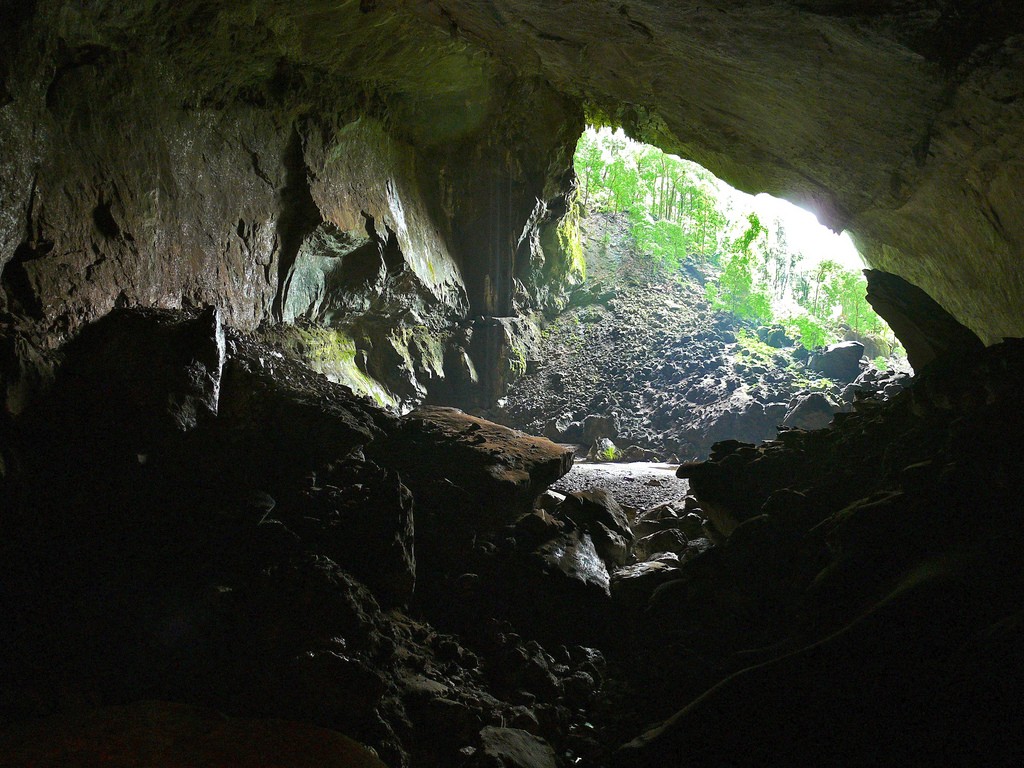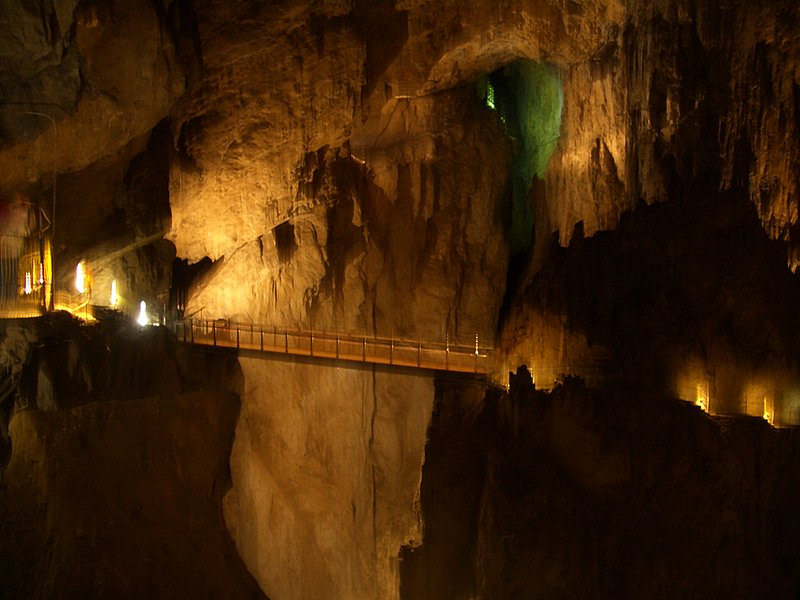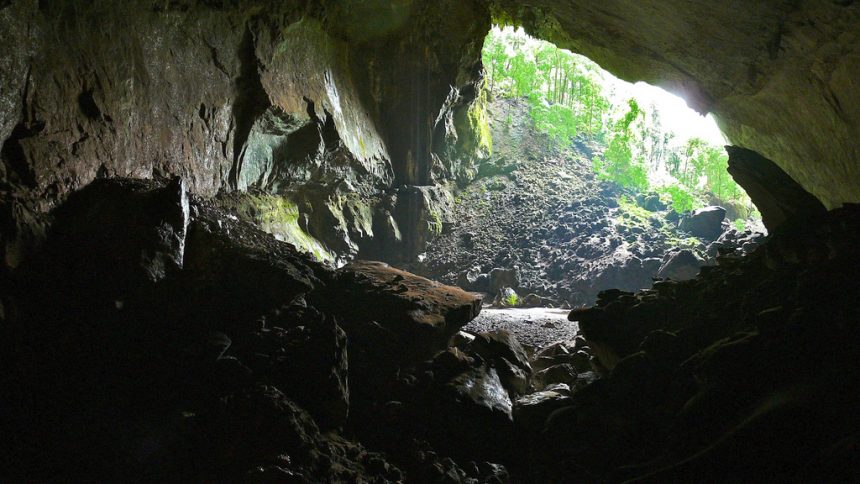Caves, love them or hate them there is a certain mystery surrounding these underground tunnels and caverns set inside towering mountains or wriggling under the ground beneath our feet. Humans once dwelled in them and some caves are still undiscovered to this day. While the very idea of spelunking will make even the mildest claustrophobics break out in a hot sweat, there are some who have caught the bug for extreme adventure underground, squeezing through narrow passages and sliding between crevices. Caves are amazing, awe inspiring places so here are few of the world’s most epic caves that have made it into the record books at any moment in time.
The Cheve System, Oaxaca Mexico
The cave was discovered only in 1986, when Western cavers also discovered small bones hidden under a rock slab by the entrance. This was attributed to child sacrifices made by the Cuicatec people, but locals steered clear of the caves, believing an evil spirit roamed its tunnels. One caver, Bill Stone from the US, believes this cave system goes deeper than the famous Krubera Cave in Georgia (the current deepest cave in the world) after performing an experiment where he dropped fluorescent red dye into the stream at the entrance of the cave. Eight days later and 11 miles (18km) away the dye came out in the Santo Domingo River, which is 8,500 feet below the entrance.
Krubera Cave, Abkhazia, Georgia
Lubang Nasib Bagus, Borneo, Malaysia

Home to the largest underground chamber in the World, Lubang Nasib Bagus is a World Heritage Site in Borneo’s Gunung Mulu National Park. The cave measures an impressive 2,300ft (701m) length by 1,500ft (457m) width by 230ft (70m) height. All the caverns here were created by running water 5 million years ago. In order to reach the famous Sarawak Chamber, cavers need to wade through 1.5km of active stream, and to make things even trickier, the entrance to the chamber is prone to flooding, which makes it inaccessible during certain times of the year.
Skocjan Caves, Slovenia

Dubbed as the “Underground Grand Canyon” the Skocjan Caves in Slovenia make the list as being some of the World’s most important caves for its wide set of geological features including subterranean waterfalls, a massive stone canyon and Europe’s highest cave hall. Also, interestingly, parts of the caves served as homes for humans in the Neolithic Age. This network of cave arose from the Reka River, which sinks down into a rocky gorge and disappears for 21 miles (34 km) before reappearing close to the Adriatic coast. These caves also have UNESCO World Heritage status.
Cueva de los Cristales, Mexico
Gebihe Cave, China
In adventure travel news, n innovative new natural desert reserve spanning 10 percent of the total area of Dubai has been launched in the UAE. The Marmoon Desert Reserve Project is set to be the site of several ecotourism projects and conservation efforts contributing to the protection and nurturing of the environment,…
Hot Topics
In adventure travel news, n innovative new natural desert reserve spanning 10 percent of the total area of Dubai has been launched in the UAE. The Marmoon Desert Reserve Project is…














